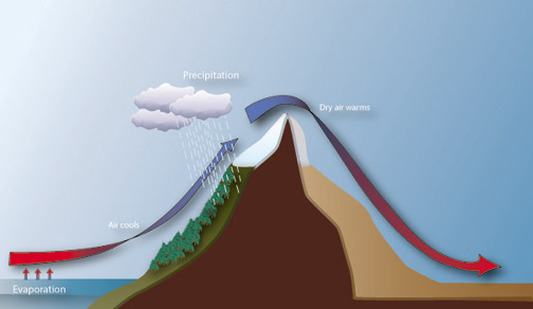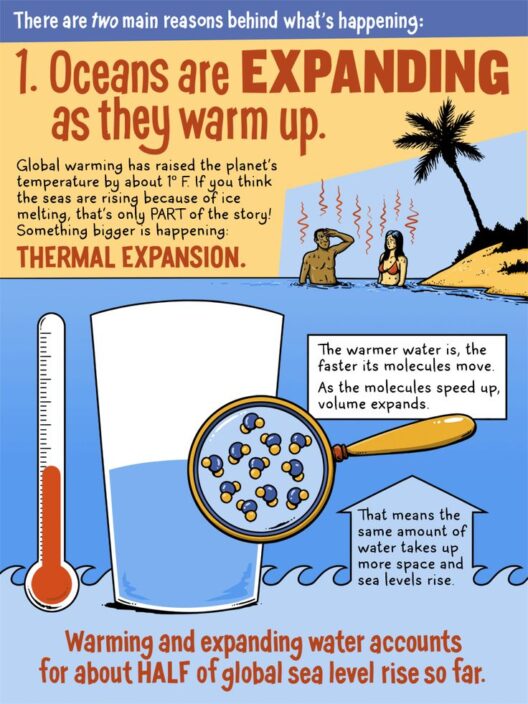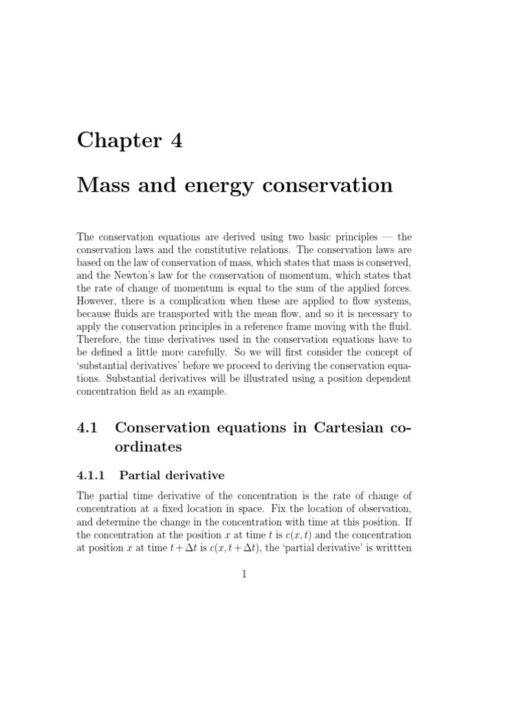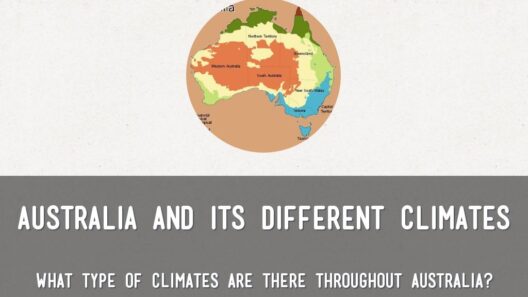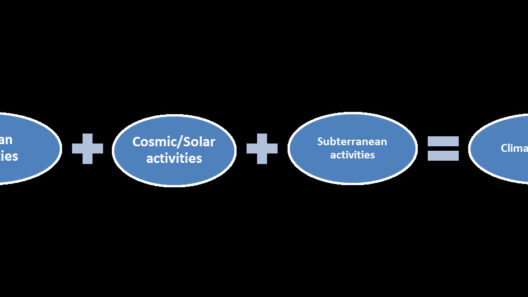The climate of a region is a complex interplay of various elements that coalesce to create the distinctive environmental conditions found across our planet. Understanding these factors is crucial for addressing climate change, conserving biodiversity, and ensuring sustainable development.
Often, we think of climate as merely the temperature or precipitation levels. Yet, it encompasses much more—an intricate tapestry woven from geographical, meteorological, and even biological threads. This article delves into the multifaceted determinants of climate, unraveling their significance and how they shape ecosystems globally.
Geographical Influences on Climate
The first layer of climate determination is, unequivocally, geography. The Earth’s topography—encompassing mountains, valleys, and bodies of water—plays a pivotal role in influencing local and global climates. Mountains, for instance, create rain shadows that can lead to vastly different climates on either side. As moist air ascends a mountain range, it cools and loses moisture through precipitation. Conversely, the descending side remains arid, leading to contrasting ecosystems in proximity to one another.
Closer to sea level, oceans exert a significant moderating influence on climate. Large bodies of water have a high specific heat capacity, absorbing and releasing heat slowly. This characteristic leads to milder and more consistent temperatures in coastal regions compared to inland areas. Moreover, ocean currents, such as the Gulf Stream, distribute warmth across vast distances, altering regional climates and influencing weather patterns far from their origin.
Latitude—a measure of one’s distance from the equator—is another critical determinant of climate. Regions closer to the equator receive more direct sunlight throughout the year, resulting in warmer temperatures and often more significant precipitation. In contrast, polar regions experience less solar radiation, prevailing cold temperatures, and dry conditions. This latitudinal gradient contributes to the creation of distinct biomes, from tropical rainforests to arid deserts, underscoring the diversity of life forms that can thrive in various climates.
Atmospheric Conditions: The Breath of the Earth
While geographical factors lay the groundwork for climate, the atmospheric conditions above greatly influence it further. The Earth’s atmosphere is a dynamic and complex system composed of layers of gases that trap heat and moisture, creating weather patterns. The composition of this atmospheric blanket is influenced by both natural processes and human activity.
One critical atmospheric phenomenon is the greenhouse effect, where gases like carbon dioxide, methane, and nitrous oxide trap heat from the sun, keeping the planet warm enough to sustain life. However, human-induced activities, such as fossil fuel combustion and deforestation, have intensified this effect, leading to global warming. The ramifications of increased greenhouse gas concentrations are profound, resulting in altered weather patterns, an increase in extreme weather events, and the unsettling acceleration of climate change.
Another essential aspect is atmospheric circulation. The distribution of the Sun’s heat leads to the formation of pressure systems that drive prevailing winds. The Coriolis effect—caused by the Earth’s rotation—also plays a significant role in shaping how air masses move. These winds distribute heat and moisture around the globe, giving rise to climatic zones such as rainforests, savannahs, and tundras, each supporting unique ecosystems. Consequently, understanding atmospheric dynamics is vital for predicting weather patterns and assessing climate variability.
Human Intervention: The Modern Climate Forger
In the contemporary age, human activities have emerged as a significant force shaping climate worldwide. Industrialization, urbanization, and agricultural advancements have revolutionized our landscapes and profoundly influenced climatic conditions. Urban areas, for instance, generate what is known as the urban heat island effect, where cities become significantly warmer than their rural counterparts due to the concentration of buildings, vehicles, and human activity. This phenomenon not only affects local temperatures but also alters precipitation patterns and air quality.
Furthermore, land-use changes, particularly deforestation, drastically impact climate. Forests play an essential role as carbon sinks, absorbing carbon dioxide from the atmosphere and mitigating climate change. However, as we clear forests for agriculture or urban development, we not only release significant amounts of stored carbon but also decrease the planet’s ability to absorb future emissions.
Moreover, agricultural practices have direct implications for climate. The extensive use of fertilizers contributes to nitrous oxide emissions, while livestock farming is a notable source of methane. Sustainable agricultural practices, such as agroforestry or regenerative farming, can help mitigate these impacts, offering pathways to balance food production with environmental stewardship.
Convergence of Factors: A Symphony of Influences
The intricacies of climate determination underscore that no single factor operates in isolation. Rather, they harmonize to produce the rich diversity of climatic conditions observed globally. Recognizing this interconnection is vital in addressing the multifarious challenges posed by climate change.
The complexities of how geography, atmospheric conditions, and human activities converge to shape the climate emphasize the need for comprehensive and integrative strategies for climate action. As we navigate this increasingly unpredictable reality, understanding the multifactorial nature of climate becomes not just an intellectual endeavor but a necessary prerequisite for meaningful action. Together, we can work towards a sustainable future, where both human civilization and the natural world thrive in harmony.



